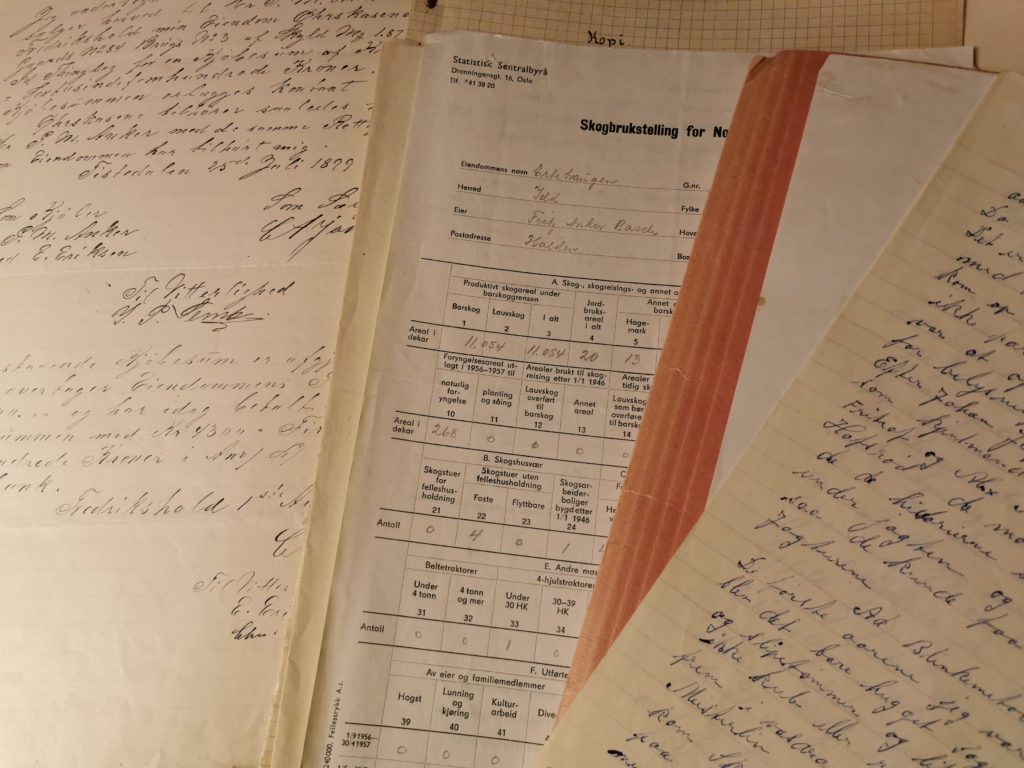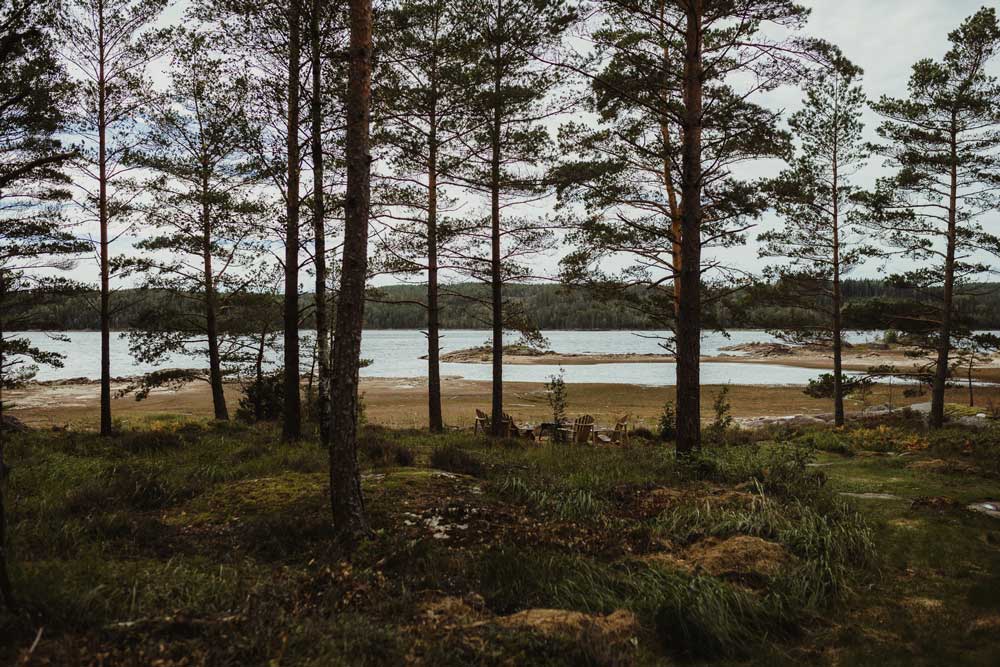Management through research
Did you know that Hafsrød is involved in several research projects? Learn more about how we contribute to knowledge-based management through research.

Knowledge is power, said Francis Bacon, and it possibly is, but for us it is first and foremost the most important tool we have for managing the resources around us. As early as 1927, the inventory of the forest at Hafsrød was recorded. In this way, we have gained an overview of what is available here and can thus make better decisions about the estate. Did you know that Norway was one of the first countries in the world to start with systematic mapping of forests?

Now that we are writing 2022, Hafsrød is involved in several projects to gain increased knowledge about what we have around us.
EcoForest
EcoForest is a research project that literally digs deep. The project aims to take a closer look at the effects of forestry on biological diversity, carbon stocks and ecological processes in mature Boreal forests. EcoForest, which will last until 2025, has several experimental areas at Hafsrød, and we are following the results with great interest. The project asks, among other things, “What distinguishes an old, natural forest-like forest from an old, previously clear-cut forest – in terms of biodiversity, carbon and ecological processes?”. Carbon in soil is an area that Norway needs increased knowledge about, and we are happy to be able to contribute. Read more about Ecoforest here.
The wild boar project
The use of outfield resources is something we are concerned about at Hafsrød. Wildlife resources are an important part of this. That is why today we offer, among other things, a forest box to our guests that is based on just this. We therefore joined a wild boar project as this is a species that has become more and more active on the property. The wild boar project is a landowner-based collaboration. The project’s main task is to contribute to landowner cooperation that provides effective hunting in areas where wild boar have already been established and effective control to prevent the establishment of wild boar in new areas. This means, among other things, that we report observed animals, as well as those that are common on the property. It gives us a better overview of how the wild boar population develops, both in number and distribution.
The experiences from the project so far tell the following: “Control of the wild boar population will require extensive landowner cooperation over large areas. Experience shows that 2/3 of the population must be removed annually to keep it stable. In comparison, the figures for moose are 1/3 Due to the high reproductive capacity of the wild boar, it is crucial that the landowners who join the management area own approximately 100% of the area. From a landowner perspective, it is desirable that the landowners establish appropriate management units and use their hunting rights areas.”
You can read more about the wild boar project here.
The projects on the property contribute to increased knowledge about both forest and game management. This will hopefully help us manage the forest wisely – also in the future.


 ingeborg
ingeborg 24 April 2024
24 April 2024